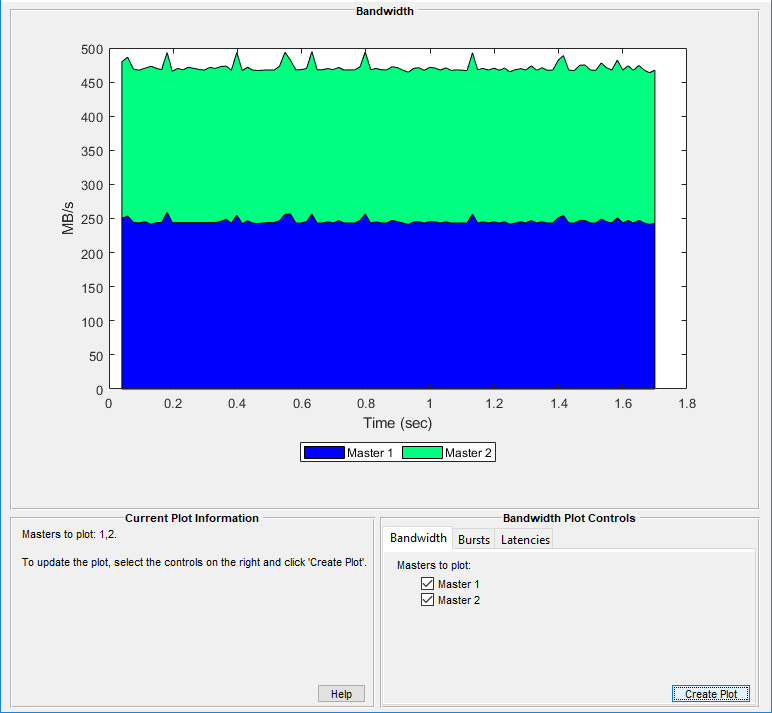SoC Bus Selector
Convert bus to control signals
Libraries:
SoC Blockset /
Hardware Logic Connectivity
Description
The SoC Bus Selector block converts a set of control signals from a bus. The block accepts a bus and outputs control signals.
You can configure this block to support multiple protocol interface types. Parameter and port configurations for this block vary based on your desired protocol interface type and mode of operation, as outlined in this table.
| Protocol Interface Type | Mode of Operation | Parameter Configuration | Enabled Output Ports |
|---|---|---|---|
| Data stream | Read stream data | Set Control protocol to | valid |
| tlast | |||
| Write stream data | Set Control protocol to | ready | |
| Pixel stream | Read video stream | Set Control protocol to
| hStart |
| hEnd | |||
| vStart | |||
| vEnd | |||
| valid | |||
| Write video stream | Set Control protocol to | ready | |
| Random access read | Read data | Set Control protocol to
| rd_aready |
| rd_dvalid | |||
| Random access write | Write data | Set Control protocol to
| wr_ready |
| wr_bvalid | |||
| wr_complete |
Examples
Ports
Input
Output
Parameters
Extended Capabilities
Version History
Introduced in R2019a
